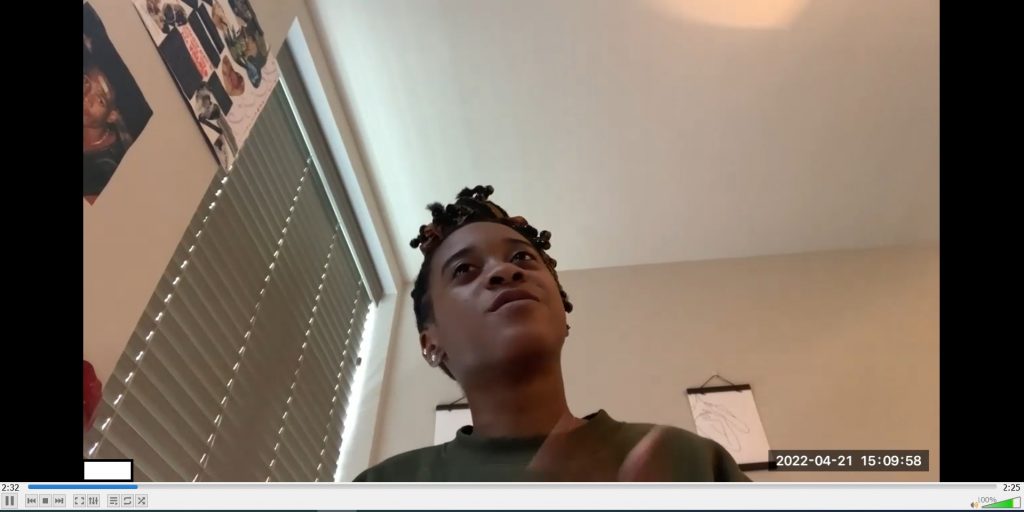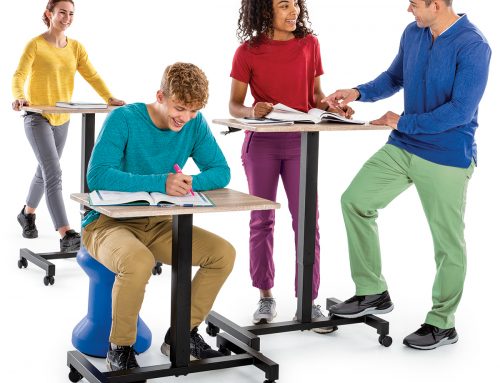Teachers often fall along a continuum of integrating movement in their classrooms, ranging from fully comfortable to extremely hesitant, for a variety of reasons. It’s my goal, as a teacher educator, to try to move all pre-service and in-service teachers down the spectrum to the “fully comfortable” side.
As part of a university class that I teach for elementary teachers to become familiar and engaged with physical education/physical activity in the schools, they observe classroom and physical education teachers lead students in physical activity. Then, they must teach some movement breaks to the students themselves.
At the end, they complete an exercise in which they conduct interviews with other students in the class to reflect on their lessons.
Pre-service Teachers Give Feedback
As I was watching their interviews, it became apparent to me that they observed so many positive things that I thought it would be most effective if I shared the K-5 student responses directly from the pre-service teachers’ viewpoints instead of my own. So, here are some quotes from students in my college class:

“My students were so much more engaged after I gave them the break that it was well worth the time for me to lead them in the activity.”
“I was worried the kids would be off task or squirrely while they were doing the activity, but they were really into the game and asked if they could do it again the next day.”

“My cooperating teacher doesn’t usually do movement breaks with the students, so I was nervous. Even though my activity probably lasted too long, I can tell they were actually calmer after I let them get up and move around than they would have been otherwise. I think my cooperating teacher could tell too because the next few days, she has worked in some time to use the breaks herself!”
“I learned that I need to set the expectations before they start moving so they will be ready to calm back down and focus on the lesson afterwards. But I would definitely do these over and over again. I can’t believe the students stay seated for an hour and a half each morning before they even have the option of moving. It’s sad, really.”
While there are times in which the elementary children need a short calm-down activity to get them refocused, the opportunities for them to get up and move (innate needs of kids) are vital for success.
It may seem intuitive to spend more time teaching the content so they will learn more, but that isn’t actually the case. Don’t be afraid to try some new activities with your students. They need the break to smile, release some energy, and socialize with others, and it’s likely you do too!
Author’s Note: I’d like to thank the students in my Physical Education for the Elementary School Teacher class at the University of Kentucky for their input in this blog.
Heather is a Professor in the Department of Kinesiology and Health Promotion at the University of Kentucky. She is a former physical education teacher, and co-author of Dynamic Physical Education for Secondary School Children, 8ed. Heather was also the recipient of the NASPE Curriculum and Instruction Young Scholar Award and a AAHPERD Research Consortium Fellow.





Leave A Comment